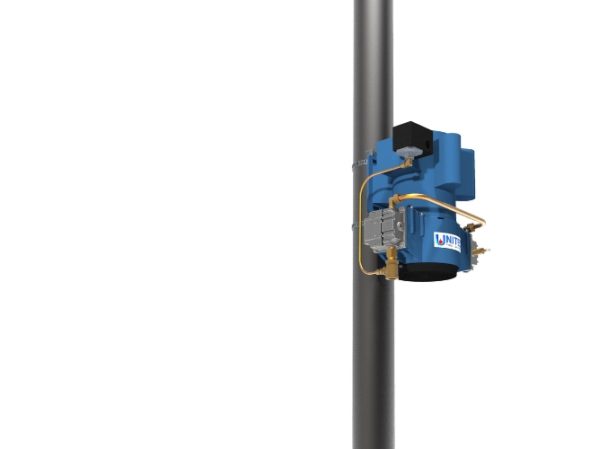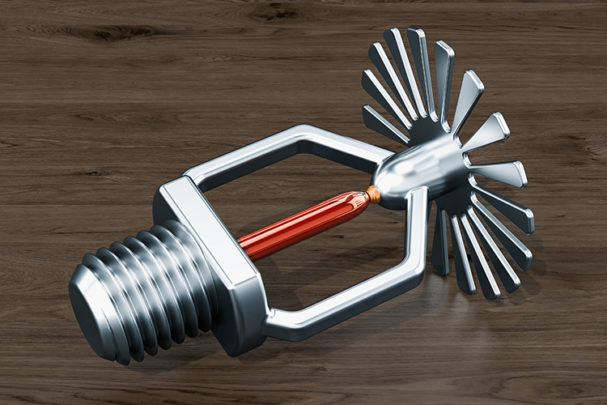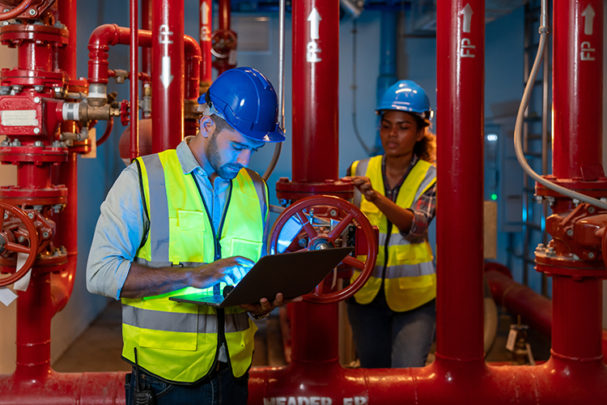Sprinkler Systems
ARTICLES
FPE Corner
The occupancy hazard design approach focuses on fire severity potential, requiring engineers to assess and classify each space individually.
Read More
FPE Corner
NFPA 13 Updates, 2025 Edition: Enhancing Fire Sprinkler Systems
Newer technologies and updated standards allow these systems to
continue providing effective and reliable fire protection in a wide range
of settings.
Read More
FPE Corner
Your Step-by-Step Guide to Sprinkler Protection of Storage Occupancies, Part 1
Though it may seem intimidating at first, sprinkler protection for storage occupancies can be quite simple if you break it down into a few easy steps.
Read More
FPE Corner
Maintaining Your Building’s Fire Sprinkler System
NFPA 25 provides requirements ensuring a reasonable degree of fire protection through minimum ITM requirements for water-based fire protection systems.
FPE Corner
Water Mist Fire Suppression Systems: When and Where Are They Most Effective?
They have numerous benefits to justify their use in many applications.
Read More
FPE Corner
Understanding Protection Requirements for Fire Pump Rooms
Following planning and design best practices can enhance fire pump systems’ reliability, resilience and effectiveness.
Read More
FPE Corner
What Is a Floor Control Valve Assembly?
Often it is used to allow responders to isolate a portion of the fire sprinkler system should an activation or failure occur.
Read More
FPE Corner
Key Concepts for Fire Sprinklers in Storage Occupancies
Modifications or development of new systems should not be commenced without understanding the impact on layout and installation.
Read More
FPE Corner
Delegated Design in Fire Protection Engineering, Part 2
A professional panel discusses their experiences of design delegation, the pitfalls that sometimes occur and how to avoid future complications.
Read More














